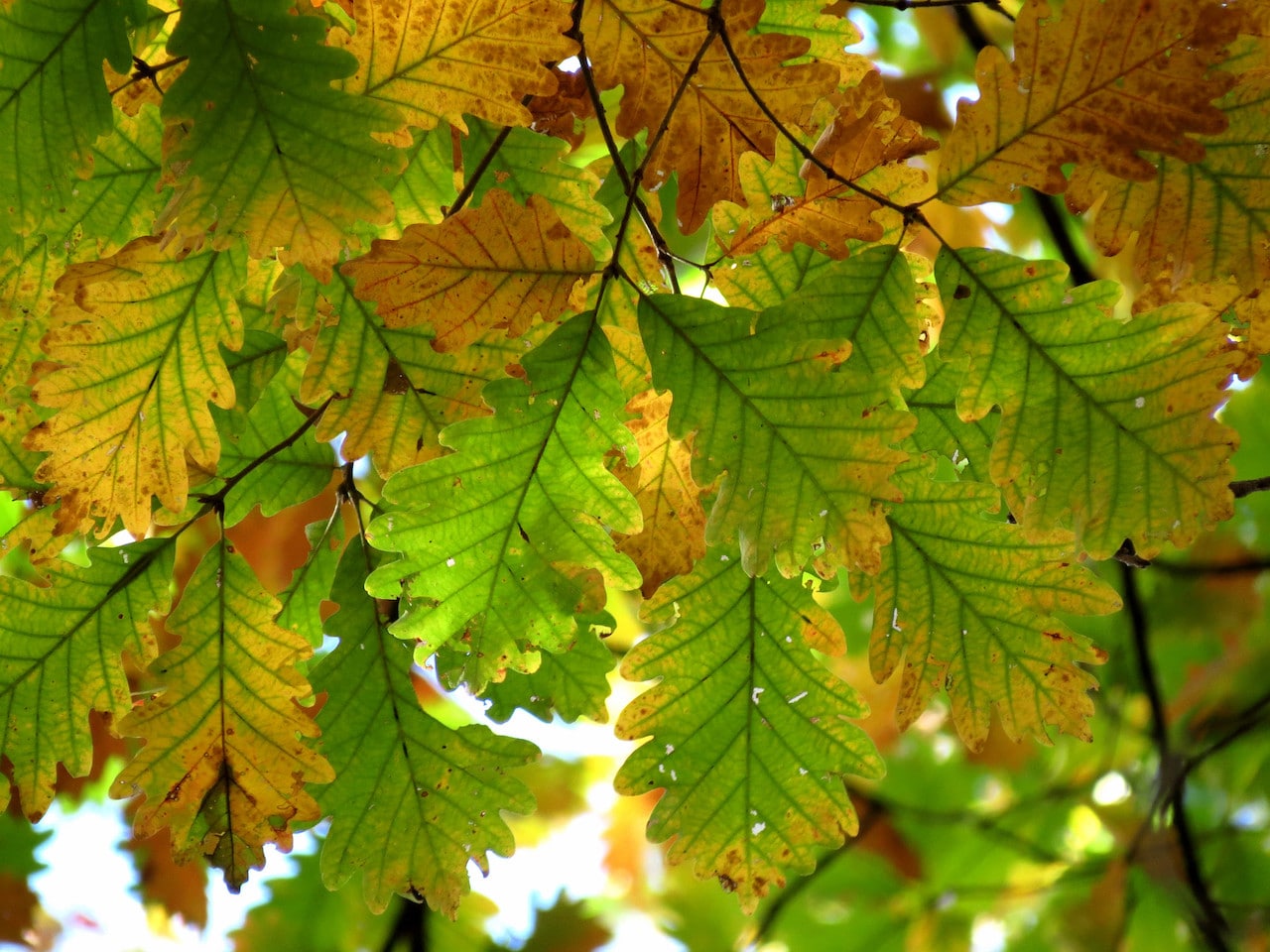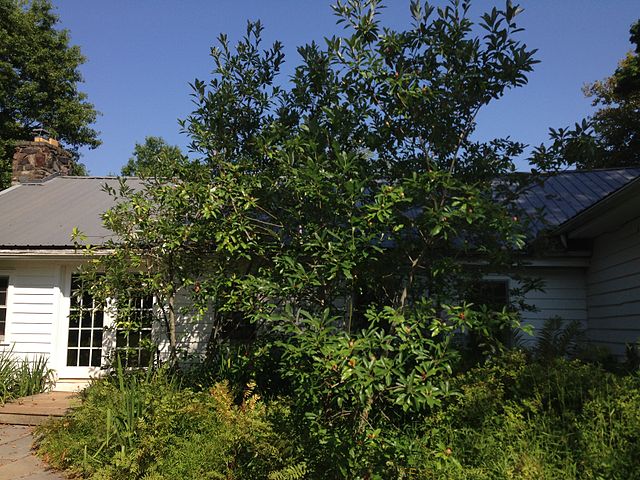
Sean Barnes worked in a garden center for years, and many of the people he helped had no idea what kind of trees were available to them and which ones would thrive in their area.

“Many of them just knew what they grew up with or what their dad told them to get,” says Barnes, now program coordinator, horticulturist and arborist at The Ohio State University, Columbus.
The ever-popular maple tree of yesteryear may not be a great choice for Columbus anymore (especially not the silver maple, one of the worst trees for Columbus).
“Nowadays, with the climate change, maples may not be around in 100 years because of the heat and drought,” he adds. “With tree selection, you need to consider a lot of factors. One of them for me is about living in an urban environment.”
It’s hard for many trees in Columbus to tolerate the heat, the terrible soil, and compaction, he says. Within the tree industry, things are changing. People used to pick a tree for aesthetic quality, and many of those used to be non-native trees.
“But native trees can withstand a lot of the changing environment. So the industry is pushing native trees when dealing with an urban environment,” Barnes explains.
But he encourages people to first figure out what they really want to get out of the trees such as shade, beauty, fragrance or a windbreak.
After all his experiences with trees, he has chosen five of the best trees to plant in Columbus.
1. Chestnut Oak or Rock Chestnut Oak
These trees (pictured above) can be planted in compacted, dry areas such as between a sidewalk and road, or just in a normal backyard. They resist wind and tend to develop a more rounded crown instead of being a really upright tree. This tree remains tough and can get quite tall – up to 50-60 feet.
But don’t get it mixed up with the swamp chestnut that grows in moist bottomlands. The chestnut oak can withstand the awful subsoil of an urban environment, Barnes says. It grows a little slower than a red maple but lives much longer. In the fall, the chestnut leaves can turn a deep purple to red to golden yellow or brown. It can withstand drought, and the leaves don’t look like regular oak leaves. They are shaped more elliptical with wavy tooth margins. And don’t forget that oaks become a great habitat as well natural food source for animals, he says.
2. Dawn Redwood
Although not a native tree, homeowners report lots of success with this deciduous conifer. “It doesn’t offer the best fall colors – somewhat of a rusty orange – but this tree is not one you have to clean up the leaves,” Barnes states. The trees’ needles drop to the ground, and they disintegrate in a few months. It becomes maintenance-free.
The tree can grow 5-7 feet a year when sited correctly and fertilized. The conifer-type habit of dawn redwood actually makes it more resistant to wind issues not to mention the strength of the wood.
“I’ve seen it planted in an urban right next to the road in the smallest spot, and then in an area a little more wet. It does great in all areas, and it doesn’t seem to be affected by diseases or pollution.”
3. Green Giant Arborvitae
In the Midwest, fewer and fewer evergreens can tolerate the wide range of harsh weather. The Green Giant offers a dark green color.
It can grow 5 feet in a single season once established and can typically reach 40 feet or greater even in cultivated environments. It has shown to be disease and insect resistant, which makes it the best replacement in the Midwest for disease-wracked blue spruce and two-needle pines such as Austrian and Scots pines.
It can hold that color during the cold winter or tolerate really dry conditions. “It’s great for a windbreak in the country,” he explains. “It’s becoming more popular and more disease resistant.”
4. Sweetbay Magnolia

The tree flaunts glistening dark green leaves with a silvery underside that has a frosted appearance, Barnes says. “It’s the one flowering tree I recommend.” The 2- to 3-inch creamy white flowers become visible in late spring and early summer. The lemony fragrance works well near a patio.
This tree doesn’t suffer the way most magnolias do because it doesn’t bloom early. That saves it from losing all of its flowers when a cold snap hits. Magnolias are tough trees, he adds, but the knock on them is the sensitive flowers.
The tree grows to 25 feet or so with a 15-foot spread.
5. Katsura
Like a Dawn Redwood, Katsura is a non-native tree. However, the similarities end there. A Katsura establishes itself quickly, which seems to be desirable to consumers who don’t want to wait for a tree to get large. Its overall habit and size make it ideal for the urban landscape.
This vigorous, strong tree doesn’t bloom anything significant, he adds. In the fall, the golden yellow leaves can be a delight to see. Plus, Barnes says once the leaves start turning, you can walk under the tree and smell a pleasant burnt sugar smell.
“It’s like walking in a county fair and smelling the vendor burning some cotton candy,” he adds. Once you get the tree in the ground, it grows pretty quickly. You can consider growing it under power lines or under any obstacles above.
Need help deciding what trees to plant based on your area? Visit our Columbus landscaping page for more info! LawnStarter can connect you with passionate lawn care and landscaping pros with helpful advice.
Featured image credit: Chestnut oak, Katja Schulz, CC 2.0